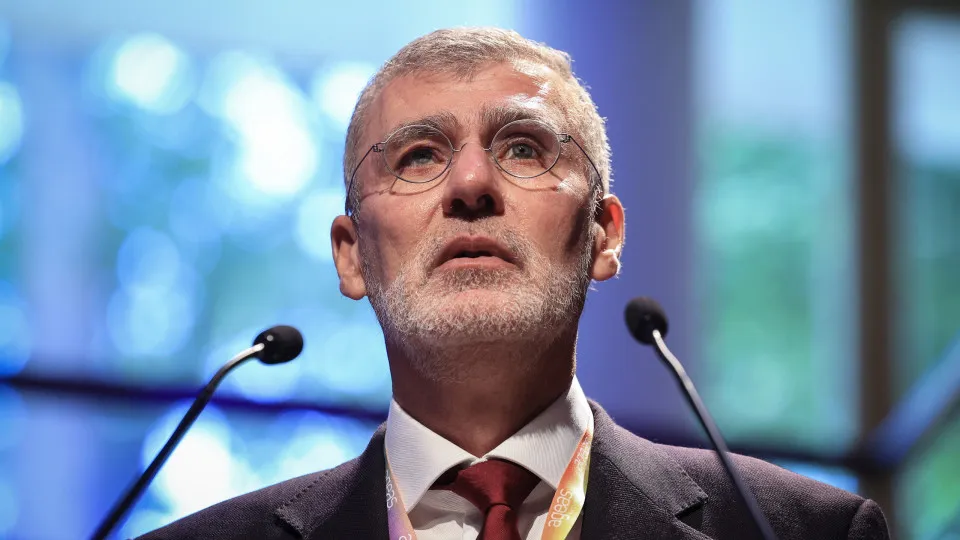
The timeline provided by Águas de Portugal, through Águas de Santo André (AdSA), indicates the construction of a future desalination plant is set to begin in 2027 and expected to be completed between 2030 and 2031, according to the Environment and Energy Minister.
Following an announcement in parliament about advancing the construction of a desalination plant in Sines, the Environment Minister stated that the expected investment for the project is 120 million euros.
“Its scale needs to be studied, but considering our investments in the Algarve desalination plant and other similar projects, it will exceed 100 million euros,” she assured.
The future desalination plant will be funded through a long-term industrial tariff, which will later be determined by AdSA of the Águas de Portugal group, responsible for managing the Santo André System.
AdSA provides water supply to the populations in the municipalities of Sines and Santiago do Cacém, handles wastewater collection and treatment, and caters to the needs of industries located in the Sines Industrial and Logistics Zone (ZILS), ensuring the supply of potable water, industrial water, wastewater, and industrial waste.
The Reasons
The minister justified the investment in Sines due to “the large number of industrial projects, hydrogen and green steel production,” among others, in a region experiencing some water stress.
These projects require an infrastructure connection to the electrical grid, she explained, adding that alongside creating a “high-demand zone to solve electrical grid access,” the government is “legislating” to ensure its reinforcement.
“We are legislating to create a second high-demand zone in Sines, in addition to other high-demand zones across the country,” which will “solve the issue of access to the electrical grid,” she stated.
However, she noted that all these investments need a significant amount of freshwater, recycled water, seawater for cooling, and desalinated water.
“Considering that these are National Interest Projects (PIN) with authorization from the Portuguese Environment Agency (APA), requiring a total of 10 cubic hectometres of water, the proposed solution by the technicians suggests a new water management model for the Sines area,” she highlighted.
This new model assigns the management of freshwater, seawater for cooling, and desalinated water to AdSA, which will also be responsible for constructing the “modular” desalination plant, starting small and expanding as investment needs grow.
Negotiations are ongoing between Aicep Global Parques, which manages ZILS, the APA, and EDP to utilize infrastructure from the former coal plant for the new system’s seawater intake, stated Maria da Graça Carvalho.
Questioned about the desalination technology to be used, the minister clarified it will be selected by AdSA and Águas de Portugal’s technicians and noted the project must undergo a highly rigorous environmental licensing process that takes time.
The future plant might ease the water pressure in the Alentejo coast, alongside investments in renovating the Santa Clara dam in Odemira, Beja district, and a possible connection to the Alqueva dam.
“There are several elements that need to be studied and compared in terms of efficiency and cost,” she said, arguing that the government is aware it must address Odemira, where the most efficient model has not yet been chosen.




